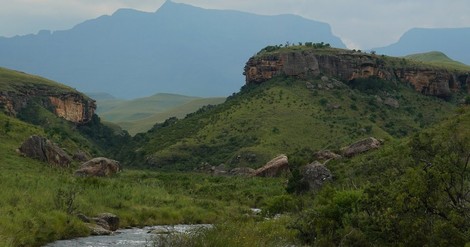Your podcast discovery platform
Curious minds select the most fascinating podcasts from around the world. Discover hand-piqd audio recommendations on your favorite topics.

piqer for: Climate and Environment
Pamela works as a Press & Communications Manager for an international NGO (IWGIA) defending indigenous peoples' rights. She holds an Erasmus Mundus MA in Journalism, Media & Globalisation from Hamburg and Aarhus University and an MA in Political Science from the University of Buenos Aires. She will be putting the eye on international media coverage of indigenous communities and their demands.
“Eco-Racism”: UNESCO’s World Heritage Sites Endangering Indigenous Peoples?
What comes first: people or nature? This seems to be the dilemma with the well-known (and controversial) UNESCO’s List of World Heritage Sites. With the aim of promoting the universal value of cultural and natural diversity, UNESCO is giving the green light to the eviction of indigenous peoples from their ancestral lands.
According to this reporting, what is behind UNESCO’s global strategy is the imposition of a western concept focused on the preservation of nature to the detriment of the interests of the indigenous populations. On this, the global NGO International Work Group on Indigenous Affairs (IWGIA) has documented in 20 case studies the experiences of indigenous peoples with World Heritage sites and with the processes of the World Heritage Convention. Their documentation concludes that from the more of 1,000 designated sites, a large number are fully or partially located within the traditional territories of indigenous peoples and are of great significance for their livelihoods and well-being.
A post-colonial imposition on indigenous lands?
The article goes in depth about many recent cases, among them the case of Ukhahlamba-Drakensberg mountain range in South Africa, listed as a World Heritage Site in 2000:
“The process of proposing the site and classifying it took place in parallel to the ending of apartheid in 1994. The new post-apartheid government hoped to use tourism to improve the lot of the black population and combat social inequality. But the classification as a World Heritage site was essentially a “top-down” process, decided on from above by the government, without involving the population concerned”.
Does the World Heritage List reveal the true geopolitical powers of the tourism industry? Understand what is to gain by getting on the list in this well-grounded reading.
